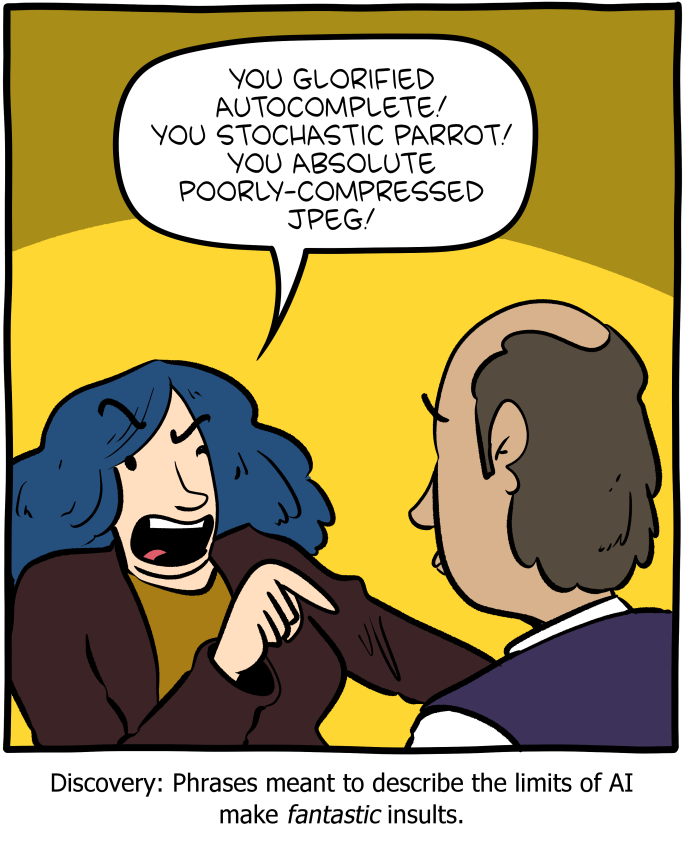The changing accents of British English
King’s English and Cockney replaced by three new accents, study finds
Britons depart from overtly class-based post-war speech epitomised by either clipped vowels or working-class dialects
I vaguely recall an earlier study from about ten years ago that came to similar conclusions (including the emergence of a "multicultural" accent). It's not surprising that differences would gradually diminish, especially under the influence of enhanced, pervasive mass communications and increased population mobility.
What we see, though, is that, as the older, established accents wither away, new ones arise among various shifting cultural, ethnic, and social regroupings.
Remember the Valley Girl accent, which people used to talk about a lot ten or twenty years ago? Where is it now?
Read the rest of this entry »


